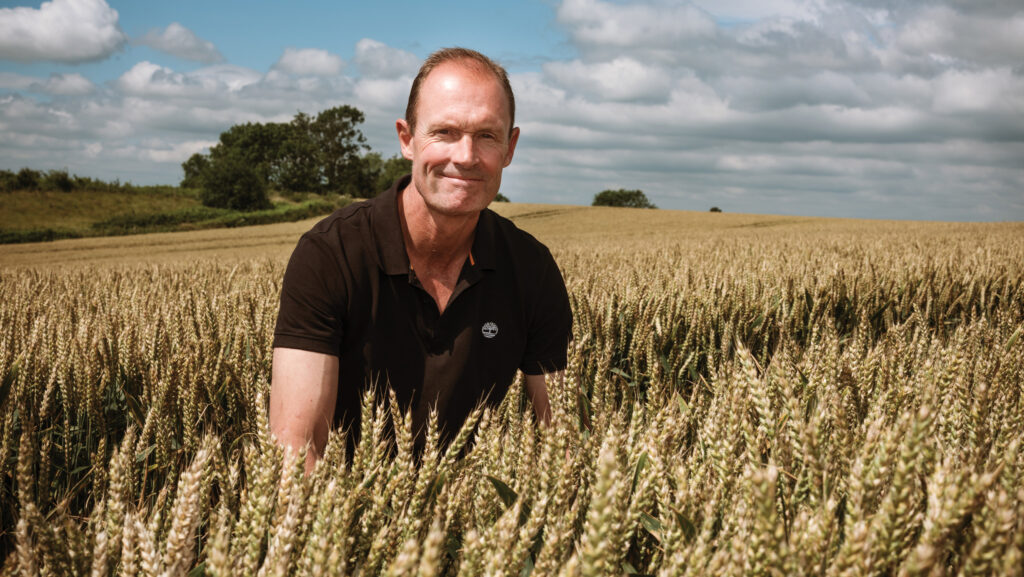Farmer Focus: Rethinking rotations for the year ahead
 © MAG/Colin Miller
© MAG/Colin Miller A very early harvest is all done with, nothing very pleasing, but nothing completely disastrous, yet.
We are just about to start combining the spring beans and this is the crop that looks to have reacted the worst to the dry spring.
Last year’s reprieve from drought lulled us into a false sense of security and they did well.
See also: Harvest set to finish ahead of schedule at Sussex estate
Perhaps to make myself feel better I’ll have to cheat by averaging the yield over two years.
Most years do now seem to involve a spring drought, and I’m back to knocking spring cropping on the head again, particularly given some of our land is sandy. Even the winter wheat needs a rethink.
This is in contrast to when we first went a bit “regen” 20-odd years ago and increased our spring cropping to around 35%.
It certainly helped with increased diversity and decreased weeds and fungicides, but next year it will be down to less than half of that.
I’m wondering whether a different kind of cropping could also work.
I’ve always wanted to try a bit of winter beans or peas followed by oilseed rape followed by two wheats to see how that works, but I have never dared take the plunge. Next year definitely.
“Next year will better” of course is the mantra that keeps us going when the weather, prices and politics all seem to be against us.
Indeed, a recent article in the financial press concluded that farming “is not a business for the faint hearted”.
This sparked some debate in one of my local farmer groups and some rather ruder colloquial psychiatric descriptions of us were suggested.
However, it is getting together in these groups, from the small and informal to the large co-operatives and farmer-owned businesses that may save us from one of the dystopian visons of agriculture’s future.
That of becoming simply factory floor workers for large corporations.


